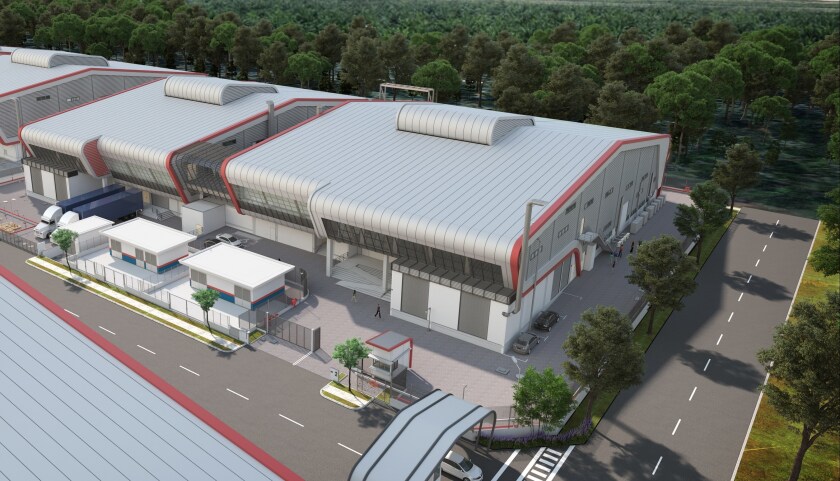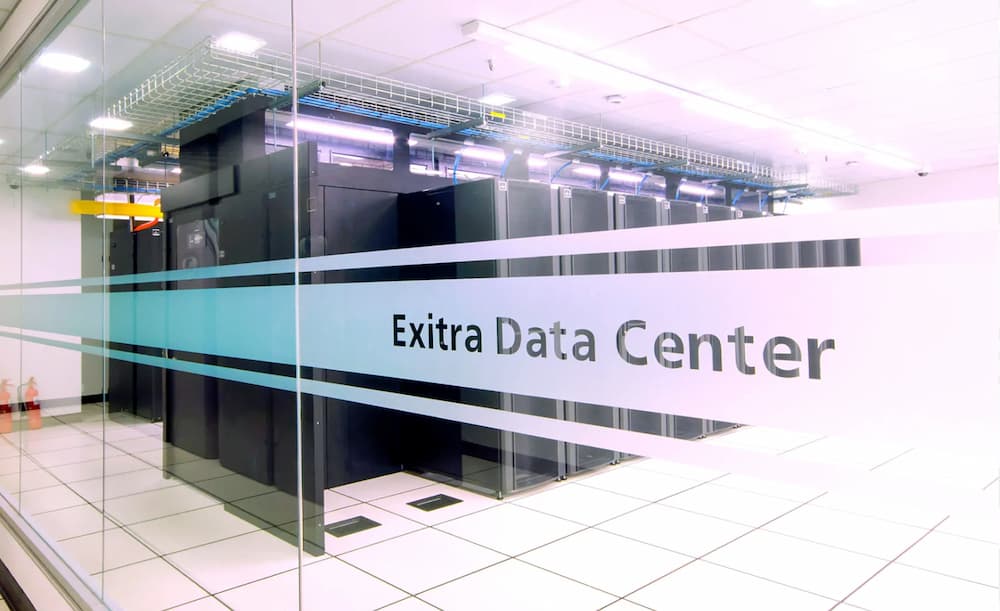
U.S. operator Equinix will invest in building the JH1 data center in Johor, Malaysia. The image shows a render of JH1. (Image: Equinix)
Artificial intelligence (AI) is driving a surge in data center investments across Southeast Asia. According to recent official statistics from Malaysia, from 2021 to the first half of 2024, the overall digital investment reached MYR 162 billion (about USD 36.7 billion), with data centers accounting for the highest proportion at 76%.
This trend underscores the country's advantages of relatively inexpensive land and energy, attracting large tech companies' investments. However, as data centers are energy-intensive industries, securing green energy sources has become a crucial development focus.
Equinix relies on RECs for emission cuts
According to RECCESSARY research, companies in Malaysia have three ways to obtain renewable energy in addition to self-generation. Taking the American data center operator Equinix as an example, all of its operating locations in Johor and Kuala Lumpur fulfill their green energy requirements through Renewable Energy Certificates (REC).
Jason Plamondon, Equinix's sustainability manager for the Asia-Pacific region, states that purchasing certificates proves contributions to green energy in the grid, particularly when green energy systems, energy, and regulations in some markets face obstacles. Renewable energy certificates are a way to offset carbon emissions.
Equinix, which operates 260 data centers globally, also secures green energy through Power Purchase Agreements (PPA), with 21 contracts currently underway totaling approximately 300 MW. Corporate PPAs are long-term contracts ensuring actual use or production of renewable energy, rather than relying solely on certificates to offset energy carbon emissions.
However, in the mitigation hierarchy of carbon emissions reduction, purchasing certificates and green energy are not the best means; companies must first prioritize self-carbon reduction, including improving energy efficiency, server virtualization, enhancing cooling systems, and adjusting electricity usage methods. Key performance indicators include Power Usage Effectiveness (PUE).

The Exitra Data Center in Kuala Lumpur. Malaysian government has actively provided subsidies for building data centers. (Photo: Exitra Data Center)
Air conditioning consumes half of a data center’s energy
PUE evaluates energy efficiency in data centers by dividing total energy consumption by IT equipment energy consumption; lower values indicate better energy-saving performance. Equinix uses AI to improve cooling systems, expand heat dissipation, and manage airflow, aiming to reduce the current PUE from 1.42 to 1.3.
Arul Hisham, senior partner at AHAR Consultants in Malaysia, shares other methods such as using thermal energy storage (TES) or district cooling systems (DCS) to reduce energy consumption during off-peak periods, where half of a data center’s energy is consumed by air conditioning. Recovering heat generated by servers for reuse in cooling machines also reduces energy consumption.
Malaysia currently follows 2015 regulations requiring a PUE below 1.9, compared to Singapore's stricter limit of 1.3. With government policies promoting it, Johor, adjacent to Singapore, aims to become "the Shenzhen of Southeast Asia" to support Malaysia as a data center hub. Microsoft, Google, NVIDIA, and ByteDance, parent company of TikTok, are all aggressively developing in the area, driving the ongoing data center boom.
Source: Edge Malaysia(1)(2), Financial Times



